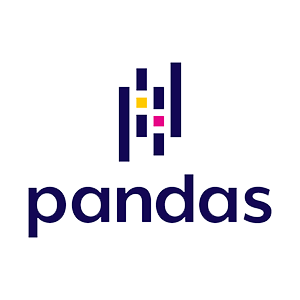ENCS-692-winter-quize_review
Identify your customers – segmentation bases




identify your customers – segmentation, targeting, and positioning
Targeting









Position


Value
- The relationship of price to quality…..
- Different consumers = different value
Product attributes
Focus on the attributes that are most important and varies by target market.
Benefits & symbolism
Emphasizes the benefits of the brand as well as the psychological meaning of the brand to consumers.
Competition
Has two options:
- Position against a specific competitor
- Position against an entire product classification
Positioning Maps
- Identify the important attributes for a product or brand class
- Discover how target customers rate competing products or brands with respect to these attributes
- Discover where the company’s product or brand is on these attributes in the minds of potential customers

why innovation – ideas and economic growth: four categories of goods and produciton function



K – Capital: Diminishing Returns
L – Labor (Human Capital): Diminishing Returns
A- ideal/producticity: increasing Returns
the technology S-curve

the product life cycle

identify your customers – establish overall strategy or objectives
IF The marginal benefit Exceeds the marginal cost, do it.
marketing mix – promotion



opportunity

business decision making

Elasticity





cost diagrams



process innovation: trade


marketing mix – pricing: demand, supply, equilibrium
demand

Quantity demanded : The amount of a good or service that a consumer is willing and able to purchase at a given price

Supply
For a particular good or service, the quantity that producers are willing and able to supply to the market at any given price.
Quantity supplied : The amount of a good or service that a firm is willing and able to supply at a given price.

Equilibrium


shor run cost

market opportunity through regional analysis










